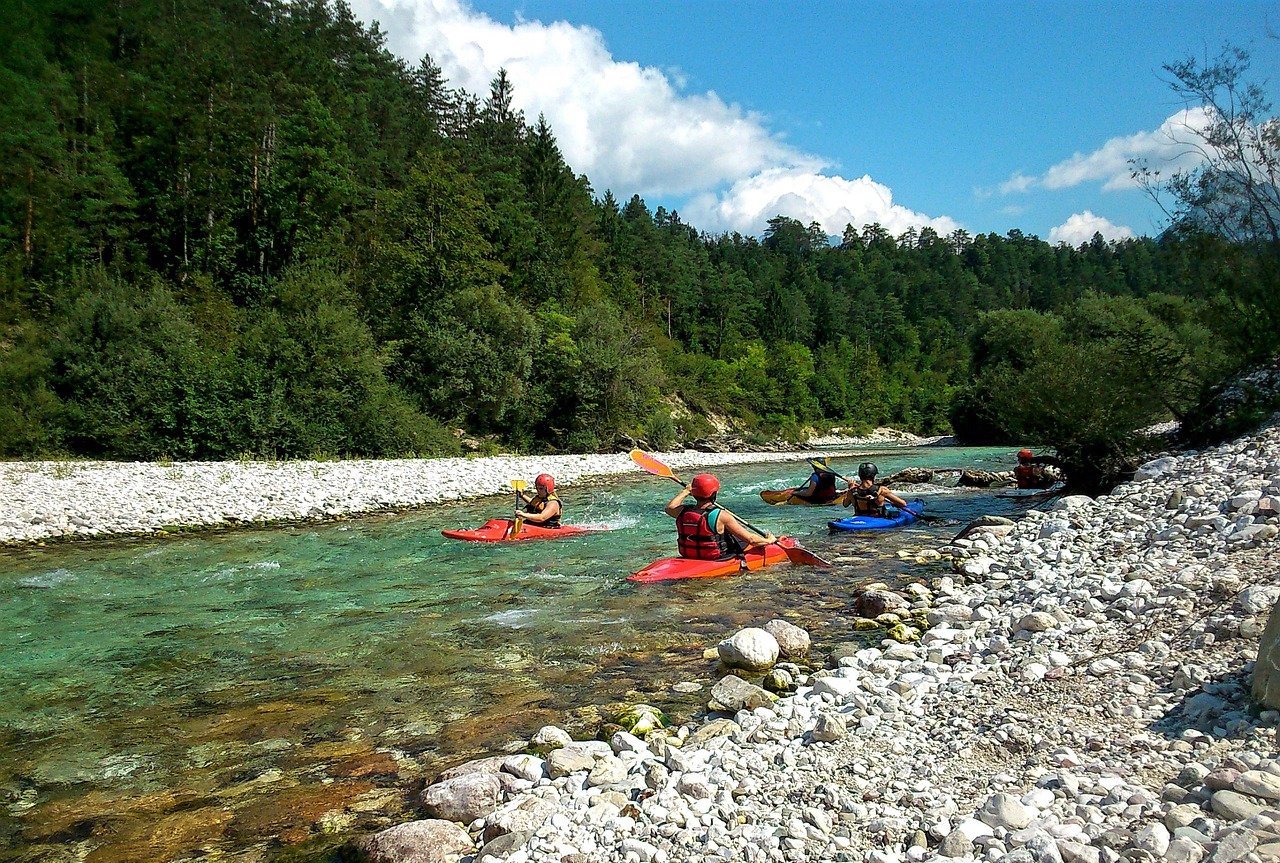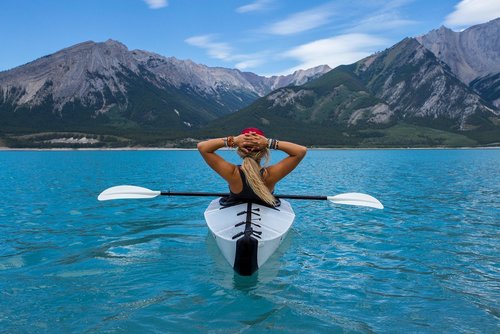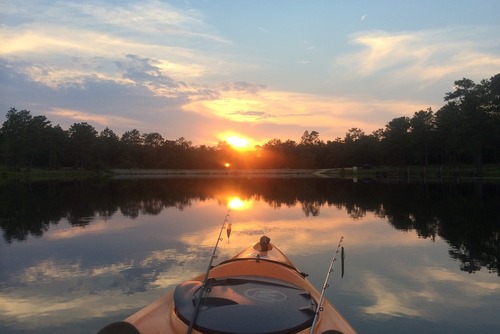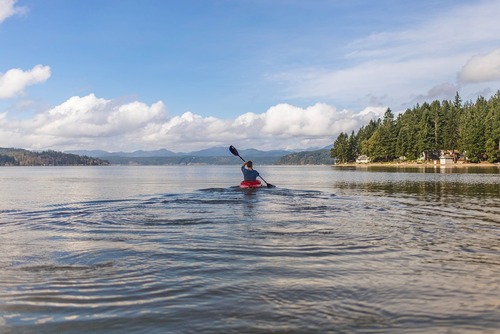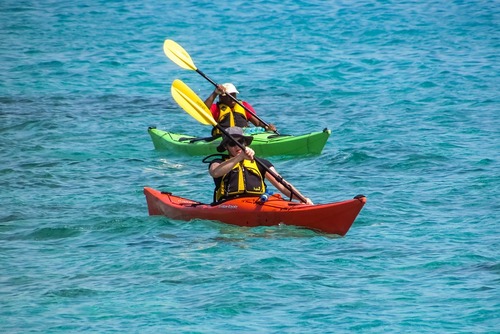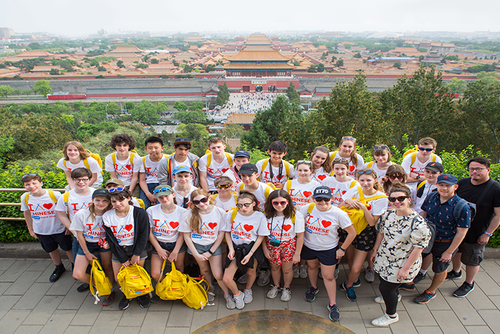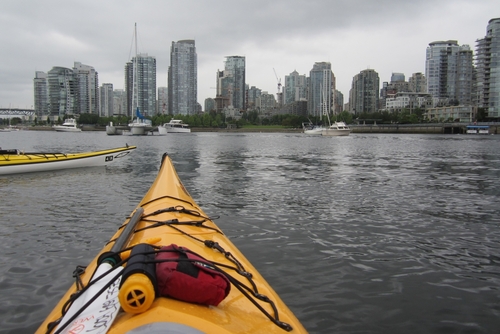Different Styles of Kayaking
Kayaking is one of the most popular types of water sports, and can mean paddling alone or together on a special boat, the length of which reaches 5 meters.
There are several types of kayaking include:
Sea Kayaking
The easiest and most relaxing one is sea kayaking. It involves sailing the seas, lakes, and reservoirs. It is suitable for traveling in remote areas, as well as for daily sailing on lakes and coastal areas near the recreation place;
Whitewater Kayaking
Whitewater kayaking is what comes to mind when someone mentions a kayak. Whitewater kayaking involves high-speed descents on fast moving creeks and rivers (called rapids) in small, lightweight kayaks;
Freestyle Kayaking or Playboating
The essence of freestyle kayaking is the performance of acrobatic elements on a local water obstacle, wave, or barrel. Such a place is usually called a play spot;
Rowing slalom. This is an Olympic sport. The main goal is to complete the route in the shortest possible time;
Where to Go
There are so amazing kayaking destinations, most countries have locations where you can go.
Book Lessons
Lots of watersports companies offer classes for beginners which are perfect if you have never tried it before and have any hesitations. Kayaking lessons generally aren't expensive and can be a lot of fun where you can learn with others. If it is your first time doing it going alone isn't really. recommended especially in rural areas of the ocean just incase you encounter any problems.
Safety
Whitewater kayaking is one of the most potentially dangerous sports and is in the top five in terms of danger.
Unlike sea kayaking, whitewater alternative is more dangerous because the dynamics of the river flow leave less time for calculating the trajectory of movement and is full of such dangers as eddies, rapids, stones sticking out of the water, trees, and narrow passages between stones, in which you can simply get stuck.
All rivers are classified by difficulty (from 1 to 6). The requirements for whitewater kayakers are higher than for sea kayaking, and in general, they have some differences:
- The equipment must include a safety helmet and, in some cases, hand protection;
- The river route is studied in advance on foot along the coast, to explore dangerous places;
- For the passage of dangerous areas, a team with a safety net and special equipment is required;
- It is necessary to master the techniques of self-rescue, the main of which is the “Eskimo twist”;
If you are involved in regular sea kayaking or rafting in calm water, there are no restrictions as such. But a person himself must evaluate his strength. If you want to try, but there is also a fear that you may not be able to cope with the route, we recommend sailing in the backwaters and to feel how the kayak behaves.
You can row quickly, spending more energy, or slowly, enjoying nature — it will be easier. If you wish, you can come to a kayaking school, where professionals will teach you the principles by which the kayak works: how to use the wind and current to your advantage.
One thing you might want to consider buying is a buoyancy aid, these are like life jackets and can save your life. Also remember to always put yourself as priority, you can always buy a or rent a new kayak, so don't risk your safety in any dangerous situations.
What to Wear
Prepare for the weather and also the water temperatures. Sometimes even in summer water can be freezing depending on your destination so wear the right clothing. You might want to buy a wetsuit, kayaking gloves, a waterproof bag and also a change of clothing incase you do get wet.

